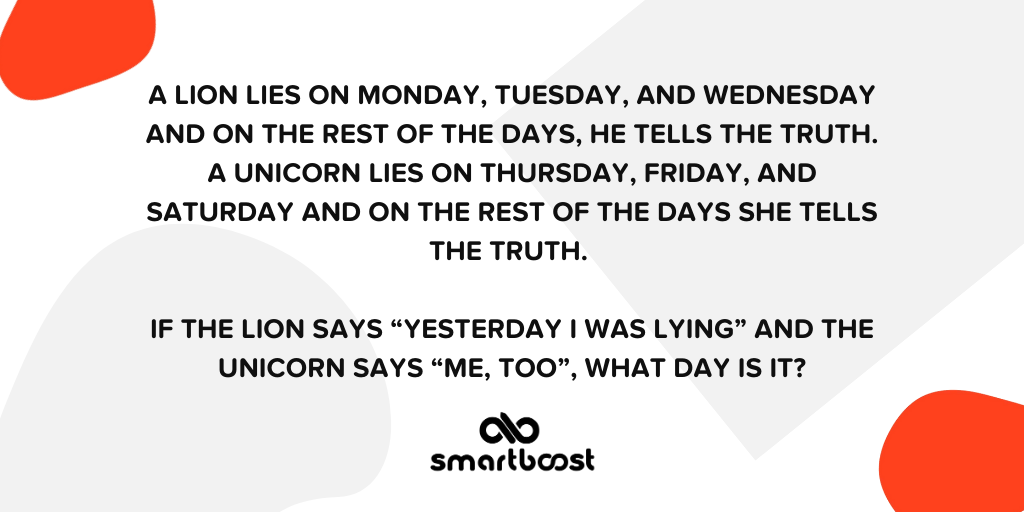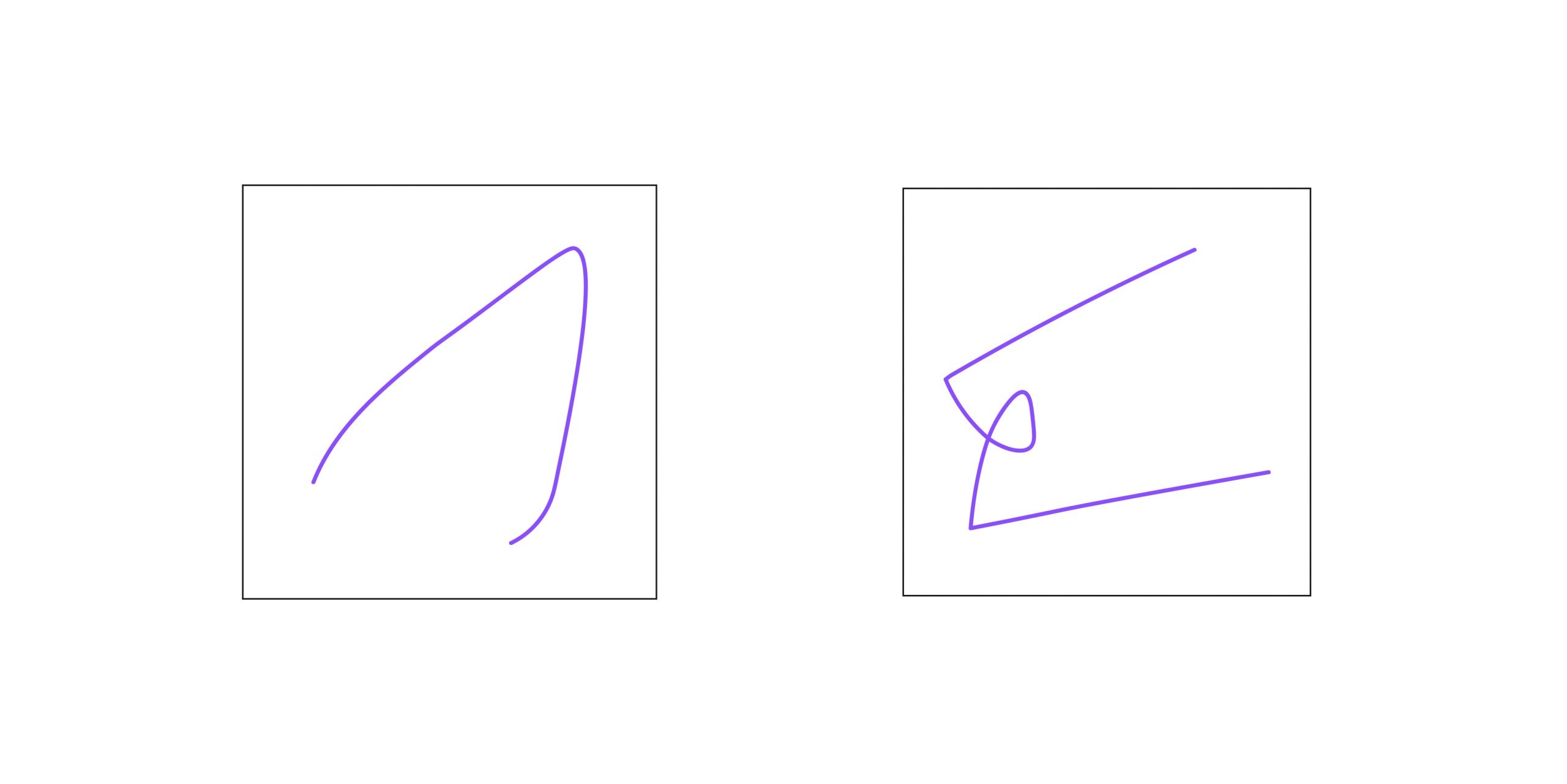Creativity. When you hear the word, what do you think of?
You might automatically think about some of the great artists, like DaVinci or Picasso. Or maybe you think of Walt Disney, with the way he built a brand that’s still beloved almost 100 years later.
While we have tons of examples of creative thinkers throughout history, many people believe you either “have it or you don’t.” That couldn’t be further from the truth! All of us have had opportunities to think creatively, even if it’s not in the purely artistic sense. And with a little practice, you can even boost your creative thinking skills. Keep reading and we’ll dive into what we know, and how to improve your own abilities.
What is Creative Thinking?
So what is creative thinking, exactly?
Simply put, creative thinking refers to a new way to connect the dots. It might be a totally new challenge or one you’ve faced before. You may need to identify patterns, infer things based on your past experiences, or bring a new perspective to the table.

Here’s an example of creative thinking – how can you connect the 9 dots above with just four straight lines without lifting your pen?
Examples of Creativity
There are countless examples of creativity outside of the normal avenues we think of. Some day-to-day examples might include:
- Making a simple swap in a recipe you’re making for dinner, such as swapping maple syrup for honey
- Planning a date night with your partner, with a goal of going somewhere you’ve never been before
- Figuring out a more effective way to do household chores, whether that’s buying a robot vacuum to save time or finding an effective solution for that stain that just won’t budge
- Writing in a journal
At work, there are even more examples, even if you don’t consider yourself in a “creative” industry:
- Determining a resolution for a conflict between employees
- Creating a lesson plan for a group training course, or an agenda for a meeting
- Suggesting solutions to improve a product, service, or even a current procedure in place (problem-solving in general)
- Analyzing a data set, equation, or text to come up with suggestions or recommendations
- Working within (and communicating with) a diverse team, staying open-minded to come up with solutions together
And then, of course, there are the obvious tasks that require some creative thinking, such as:
- Writing, whether that’s a piece of content marketing or even an email to get your point across to a boss, colleague, or team
- Designing logos, webpage layouts, or even a poster to promote an upcoming team-building event
Creative Thinking Exercises
Now that you understand that everyone is creative, let’s boost that creativity with some fun exercises! First, let’s show the solution to the dot problem that got you thinking:
Did you think of the solution? For this one, you literally have to “think outside of the box.”
Let’s do another riddle to warm up your brain:

We’ll put the answer at the bottom of this blog (no peeking). These kinds of riddles help boost our creativity by measuring convergent thinking, or our problem-solving potential.
Another common riddle is the Remote Associates test. We give you a series of words, and you have to add a fourth word that relates to all of them. For example, if the three words are “falling, movie, and dust”, you could add star to all of them to connect the words (falling star, movie star, stardust). Here are some to try:

If you want to keep practicing, here is a list of more problems, sorted by difficulty.
Here’s another exercise to boost your creativity called the Alternative Uses Test. Below, you will find quiz questions for a few household items. List as many alternative uses you can come up with for the item. You have 2 minutes!
How many were you able to come up with? This test measures how many uses you can come up with, how creative your uses are, how many different areas your answers cover (such as accessories, useful gadgets, etc.), and how detailed your responses are.
Okay, grab a pen and paper for our next exercise in creativity. This is called the Incomplete Figure test. Using the figures below, how many images can you draw?

Some drawings could be as simple as a man riding a skateboard, or they could be as crazy as a kid petting a dinosaur. The sky’s the limit for your creativity and the more original, the better.
We’ll end our creative exercises with the candle problem:

Imagine you have a candle, a box of thumbtacks, and a book of matches. How do you affix a lit candle to the wall so it won’t drip wax on the table below?
This exercise tests functional fixedness, which is a cognitive bias that makes it hard for our brains to use common items in uncommon ways.
Get Creative with fullfunnelservices
Feeling those creative juices flowing yet? We hope so! Creativity is like a muscle, so with a little repetition and exercise, you’ll begin to notice yourself blending your analytical mind with your more creative side. And from there, the possibilities are endless.
Good luck, and of course, if you’re interested in seeing how the fullfunnelservices team can help your business reach its goals through creative solutions and analysis, don’t hesitate to reach out. We look forward to hearing from you!
PS – The answer to the problem of the lion and the unicorn is that it’s Thursday
